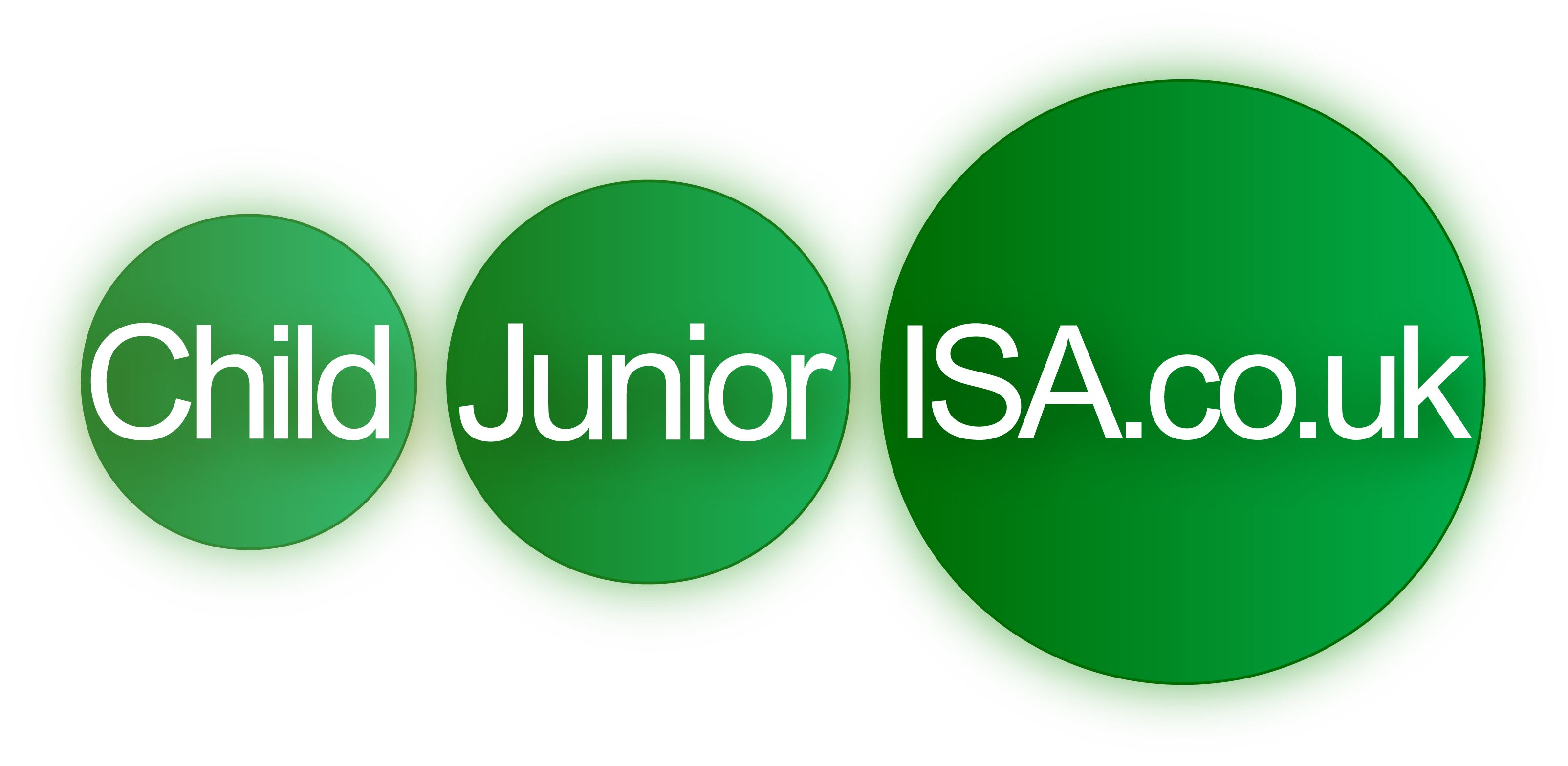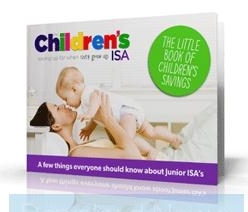With the recent rise in tuition fees pushing the cost of a typical 3 year university course up from around £35,000 to around £53,000 (when factoring living costs and sundry expenses, many capable young adults are having to face the reality that they will not be able to study for the degrees that they need to achieve in order to follow their preferred career path. Furthermore, with no prospect of higher education students are likely to shun A level courses in favour of earning a wage.
The effects of the fees rise are already clear to see, with UCAS reporting that applications by English students are down by 9.9%. This compares with a drop of just 1.5% among Scottish students, for who the increased fees do not apply. This is a headache for many parents who are now struggling to give their children the best start in life. For the current crop of school leavers there may be little that can be done but for future generations there may be hope.
Are American Style College Funds the Solution to Tuition Fees?
In the United States there has never been a widespread program of subsidised university education. American students either have to hope they can earn a scholarship or else that their parents are able to fund their higher education. It is common therefore for parents to start a “college fund” when they have children, which they hope will be enough to foot the bill when the time comes.
Of course it works, after all plenty of Americans go to university. Saving even a relatively modest amount each month can leave a decent lump sum over the course of eighteen years. The results are even better however with a decent interest rate and a healthy tax free allowance. That’s where the junior ISA comes in.
Save Tax Free for Your Child’s Future with a Junior ISA
ISAs have been around for quite a while now and most people get the gist – they allow you to save a certain amount of money each year and provided you don’t exceed your allowance, you don’t pay any tax on the interest you receive. In November 2011 however a new type of ISA, the Junior ISA, was launched to help parents or anyone else with a vested interest provide for childrens’ futures.
A Junior ISA works in a similar way to its adult counterpart. The key differences are that upper limit of what can be paid in each year is lower (£3,600) and once paid in the money cannot be withdrawn until the child is eighteen. Also, anyone can pay into a Junior ISA on behalf of a child, so this includes grandparents, uncles and aunts, even family friends. If someone contributes to a Junior ISA it will not affect their own ISA allowance.
How Much Could a Child ISA be Worth?
As it is a long term investment, a good Junior ISA can be surprisingly valuable. Exactly what it will be worth depends on how much you save, the average interest or growth rate for that period and how long you save for. Based on an average growth rate of 5%, if you were to save for the full eighteen years then saving £1 per month would produce a return of £345. Starting at 9 years old £1 per month would produce £135. This might not sound like a lot but by saving the maximum allowable of £3,600 per year for 18 years you could produce a return of £103,500. Enough for to pay those tuition fees and start a career free of the student debt that will cripple so many twenty somethings from now on.
Even starting later, say if your child is aged nine now, you could still end up with an impressive £40,500 which can provide your child with a great start.
What Happens to the Child ISA when they Turn Eighteen?
Before starting a Junior ISA you should be aware that once you pay money in, it becomes the child’s money. What’s more, unlike with a normal child’s savings account you can’t control it even when the child is a minor. Once paid in it stays locked away until your child is eighteen at which point it matures into an adult ISA over which your child has absolute control. This means that you do not have any legal say in how the money is spent and you have to hope they will use it wisely and for the purpose you intended.


